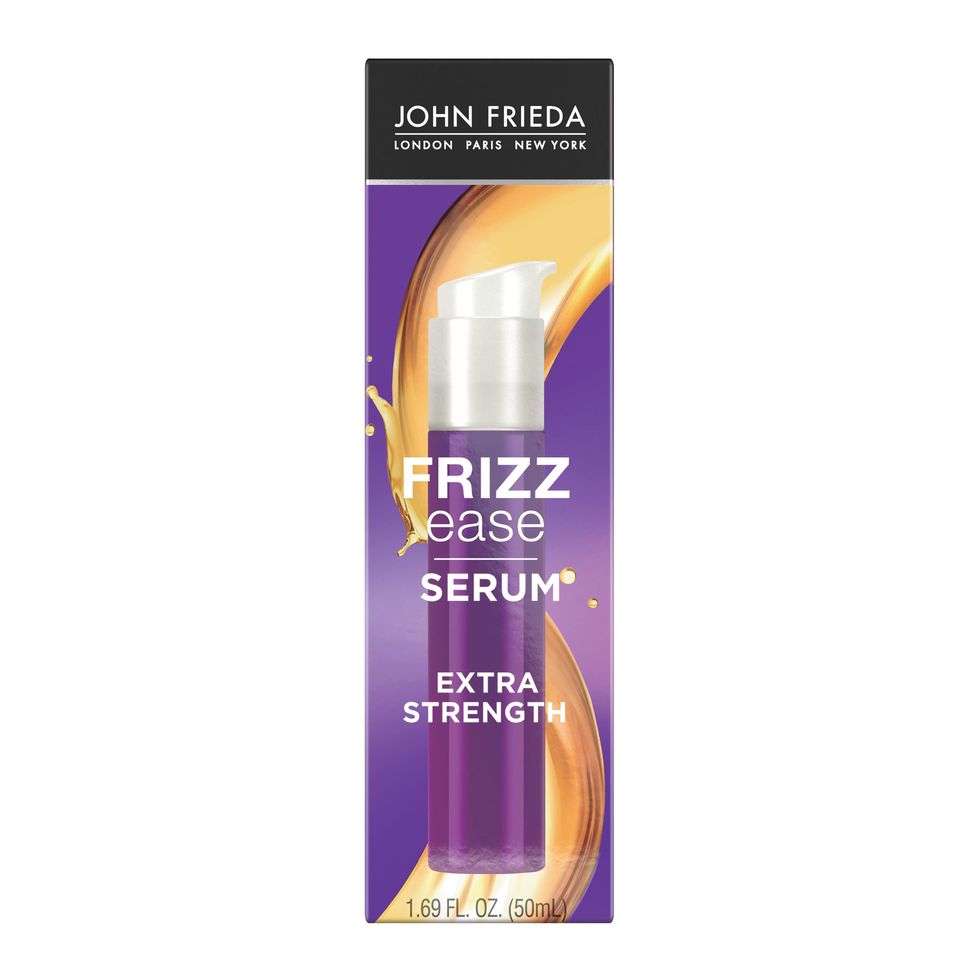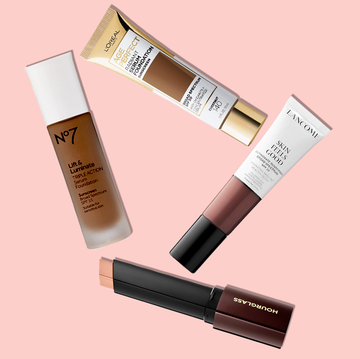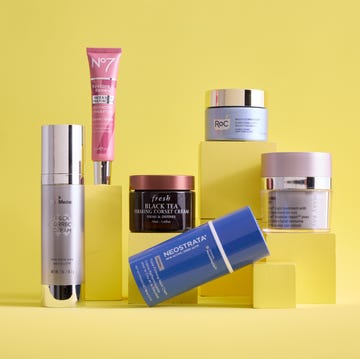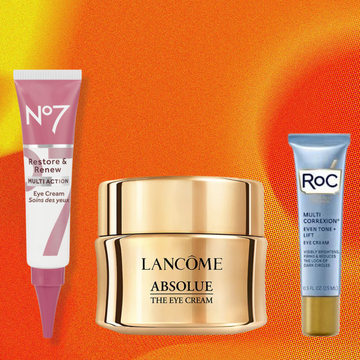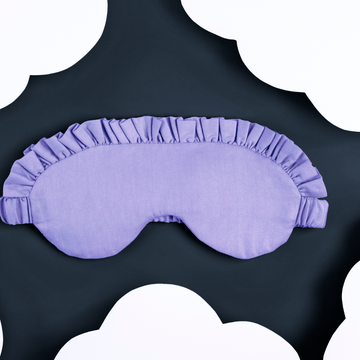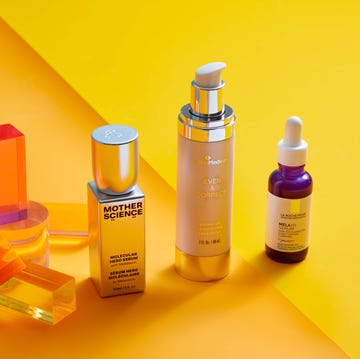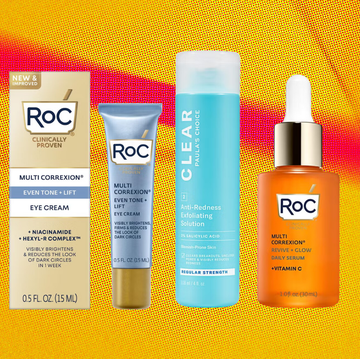The start of summer marks the excitement of warm weather, sunny blue skies and trips to the pool. That warm weather also comes with more humidity, and with more humidity comes more frizz. Nearly everyone will battle frizziness in their hair at some point in their lives. Though there are anti-frizz products on the market to help target issues like fuzz, flyaways and more, you may find yourself feeling like nothing will work on some of those scorching hot summer days.
Before you can fight frizz, it's best to understand where frizz is actually coming from. "Humidity, static and hair damage can all contribute to frizziness," says Good Housekeeping Institute Beauty, Health and Sustainability Lab Reviews Analyst Chiara Butler. When it comes to humidity, "if you use a hot tool to create a sleek style where all the hairs are aligned, once your hair absorbs water from the atmosphere, those strands will revert to their natural shape and come out of alignment," she adds.
Another factor? In dry weather, static electricity can also cause hair to stick up, Butler says. Regardless of the cause, the most important thing is to infuse moisture and hydration back into your hair if you're dealing with frizz. Think of it this way: Just as plant roots absorb water in the soil, your hair absorbs water from the air. Once your strands swell with moisture, the effect is a head full of frizz. While you can't zap the moisture out of the air on a humid summer's day, you can tame frizzy hair with the right techniques, tools and products.
Stephen Thevenot, a New York City-based hairstylist at Salon David Mallett, and Butler share their top 10 frizz-fighting tips to keep your hair smooth and sleek. Plus, product recommendations to get rid of frizz fast, from shampoos and conditioners to hair masks and leave-ins.
1. Start with a good haircut
Remove any dry, dead ends. Split ends can travel up each hair strand, causing more damage and frizz, so it's best to get a haircut (even just a trim) when you start to notice fraying. If you live in a region with high humidity, Thevenot recommends a haircut with blunt lines. "This helps keep weight in the haircut, which also helps keep the hair down," he says.
2. Turn down the temp
While a hot shower may feel good on tired muscles, it can be detrimental to your hair. "The temperature of the water can cause the cuticle to raise," says Thevenot. "When the cuticles are raised, hair needs more moisture." You don't have to feel like you're taking a cold plunge, though — you can opt for a warm, but not scalding, shower.
3. Wash wisely
Even though shampoo is quickly rinsed away, the formula you buy makes a difference. Clarifying shampoos may strip the hair too much, for example. So, to combat frizz, use a shampoo formulated for dry hair. "They prevent frizz because they have conditioning ingredients that help hair stay smooth," explains Butler.
4. Condition, condition, condition
It's all about moisturizing: Using the right conditioner can be a game changer for fighting frizz. While classic conditioners are always beneficial, you can even implement an extra dose of moisturization after you get out of the shower as well. Apply a leave-in conditioner on damp hair before styling. If you're using a leave-in conditioner on curly hair, apply it before your curl cream or gel.
5. Mask the frizz
A serious case of hair frizzies requires a seriously strong solution. At least once a week, work a moisturizing deep conditioner or hair mask through your locks (only on the ends so you don't get a greasy scalp). Ingredients like coconut oil or argan oil can do wonders for your frizzy hair. You can even find solutions in your own pantry or at the grocery store if you want to make a DIY at-home hair mask.
6. Reduce friction
When drying your hair, rubbing a cotton bath towel can disrupt the cuticle. Instead, Thevenot recommends drying your hair in a towel turban to reduce friction (and the frizz that will come along with it). These are often made with microfiber cloth, which is softer than cotton. You can also reduce friction by swapping out your cotton pillowcase for a silk pillowcase. "Natural silk will have less potential to generate static than a synthetic material," says Butler. "Wearing a protective bonnet is another way to reduce friction on your hair while you sleep."
7. Apply stylers strategically
To minimize frizz from the get-go, lock in moisture right after you shower by combing your leave-in treatment through wet hair. Leave-in conditioners, heat protectants and any anti-frizz products should be applied within a few minutes of getting out of the shower, before the steamy bathroom can start to cause frizz.
8. Shield strands from heat
Thevenot recommends minimizing your use of hot tools on your hair, but on days when you don't want to put the curling iron down, the next best solution is to use a heat protectant. This will reduce damage to your hair, lowering the chance of frizz occurring.
9. Blow dry strategically
If you have curly or wavy hair, hair dryers can be too aggressive on your spirals unless used with a diffuser. Gently diffuse curls from the bottom, cupping your the hair in the diffuser bowl to help maintain shape. For those with straight hair, some hair tools have attachments that "create a focused flow of hot air to smooth down frizzy strands," says Butler. "These are great for taming flyaways around the hairline or slicking down baby hairs."
10. Brush down frizz
Once your hair is dry and styled, you may still have a few flyaways. Mist your hair with hairspray to tamp down any errant strands. For a more targeted solution (especially for baby hairs), spray a clean mascara wand or toothbrush with hairspray. Then, comb it through your hair to keep hairs in place.
Chiara (she/her) is a reviews analyst in the Beauty, Health and Sustainability Lab at the Good Housekeeping Institute, where she conducts hands-on testing of health and beauty products. She earned her bachelor’s degree in chemistry from Columbia University. Before joining GH in 2022, she worked as a cosmetic chemist, formulating skincare products for a variety of brands and learning to decode ingredient lists, evaluate ingredient efficacy and scrutinize product claims.












